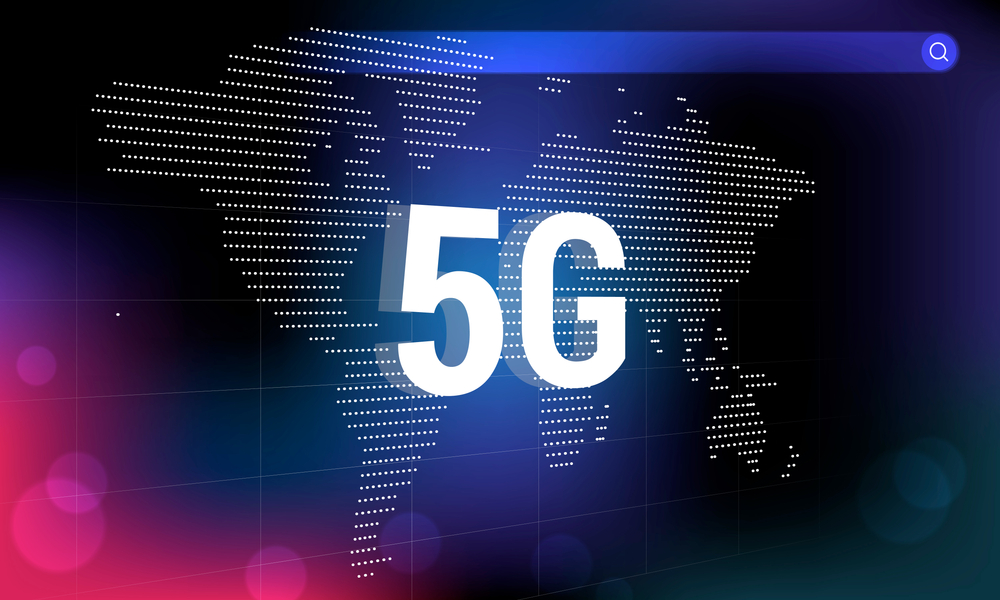5G has promised us a better tomorrow with faster internet, ultra-low latency network, and the capacity to handle more devices. These features translate to industry 4.0, smart cities, autonomous vehicles, etc., that will raise the standard of our living.
Contents
Here are some facts about 5G adoption, according to statista.com.
- The expected number of 5G subscriptions worldwide will be 4.8 billion by the end of 2026
- By 2023, the number of 5G-enabled smartphones shipped may reach as high as 65%
- Consumers with 5G smartphones in 2022 will be 13%.
5G Statistics from Financesonline.com
- 3 Billion subscriptions by 2025
- 236 Million subscriptions are currently present globally.
- There are 135 5G networks compliant with 3GPP.
- 74% of 5G smartphones are from Samsung.
- The top three countries that have established 5G in their cities are
- China: 341 Cities
- USA: 279 Cities
- South Korea: 85 Cities
5G Stats from IDC
There were approximately only 10 million 5G connections in 2019.
1.01 billion 5G subscriptions may exist by the end of 2023, only 8.9 percent of all mobile 5G connections.
5G Stats from Accenture
According to Accenture’s report, 53% percent of technology and business executives believe 5G won’t benefit them much than 4G didn’t.
5G Statistics from Gartner
4.2 Billion USD was spent on 5G infrastructure in 2020.
Top 5G Use Cases According To Financeonline.com
- UHD Video on Mobile Devices (57%)
UHD stands for ultra high definition videos, which are 4K and 8K resolutions. With high speeds of 5G, you can expect 8K videos to stream smoothly over the internet. - VR Entertainment Applications (45%)
Virtual Reality is an advanced computer application where users can visit a computer-generated virtual world and interact with other users. VRs require a massive amount of data transmission at the fastest possible speeds. - 3D Video Streaming (44%)
3D videos require additional information to communicate extra depth. Therefore, for smooth streaming of 3D movies and videos, you need ultra-fast internet speeds that 5G aims to provide. - AR Entertainment (37%)
AR stands for Augmented Reality, which merges the world around you with the virtual world. For example, you may want to know how your new couch looks in your living room, and an AR app can show you that in real time.
Other Predicted Use Cases for 5G
- Edge Computing technologies will benefit from the 5G’s ultra-low latencies. Devices will reduce their access to resources from central servers and use edge computing resources; edge computing uses AI and IoT combined.
- Cloud Gaming is another application that benefits from ultra-low latency and high speeds. People won’t have to buy high-end computers anymore; they can stream games without installing them on their low-end computers via high-speed internet.
- Several Industrial Applications of 5G also may be possible that uses the AI and IoT capability of 5G internet:
- Doctors would be able to perform remote diagnostics and surgery.
- Physical stores may not exist; you may be able to purchase things online and get them automatically delivered using drones.
- Regularly visiting remote agricultural farms may be expensive and impractical for large-scale cultivation. Therefore, remotely monitored agriculture may be necessary, and low latency high speed 5G networks may make it possible.
- Manufacturing processes can become completely automated, starting the fourth industrial revolution.
In conclusion, 5G may bring us more efficient healthcare, industry, and shopping experience, reducing expense and increasing accessibility.














